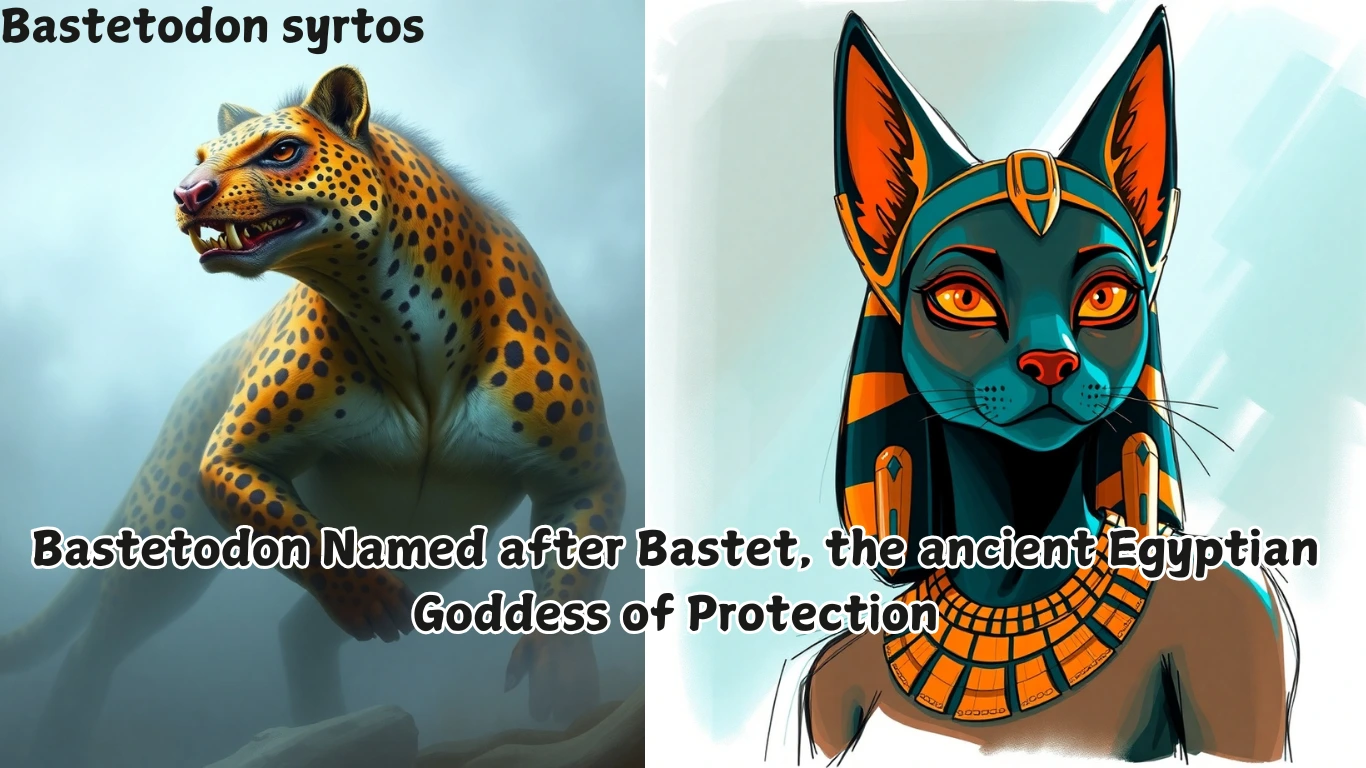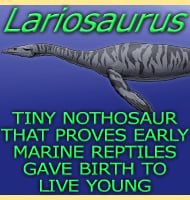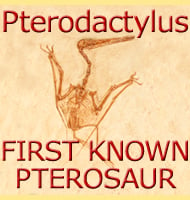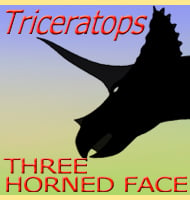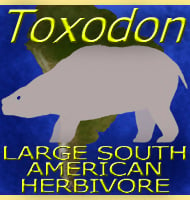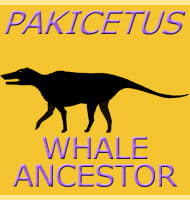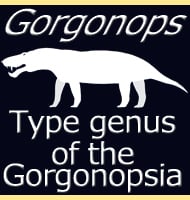In the Egyptian desert, A nearly complete skull of a new species of Cruel , Sharp Predator that roamed the earth 30 million years ago was found when all hopes were lost.
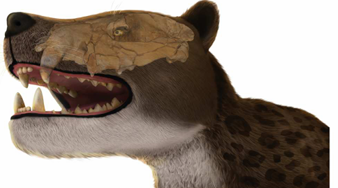
The unearthing of Bastetodon syrtos, a leopard-sized creature with powerful jaws, is helping scientists piece together the puzzle of ancient carnivore evolution.

The find has also prompted a fresh look at a related group of lion-sized hyaenodonts, now named Sekhmetops.
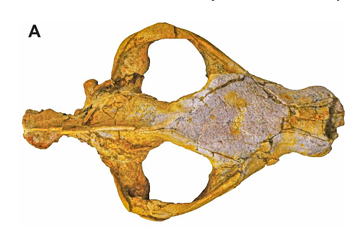
The Sallam Lab team spent days carefully digging through layers of rock in the Fayum Depression.
Just as they were about to wrap up, a team member noticed something extraordinary: large teeth sticking out of the ground.
This led to the unearthing of a nearly complete skull, a dream find for any vertebrate paleontologist.
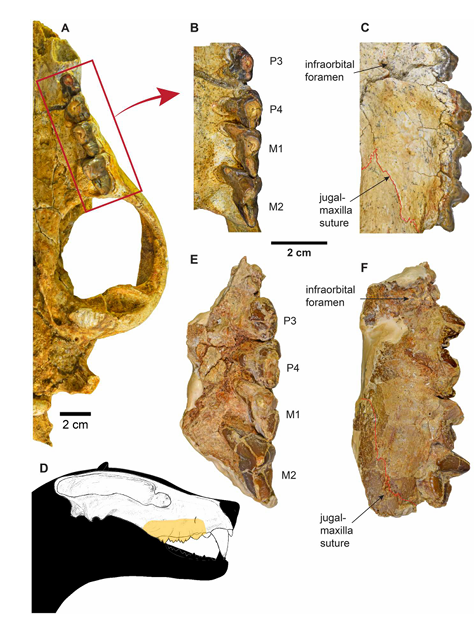
and paratype of Bastetodon
Bastetodon belonged to the hyaenodonts, an extinct group of carnivorous mammals that lived long before modern cats, dogs and hyenas.
These predators with hyena-like teeth once thrived in African ecosystems after the extinction of the dinosaurs.
The newly identified Bastetodon was a formidable mammal, about the size of a leopard, equipped with sharp teeth and strong jaw muscles that gave it a powerful bite.
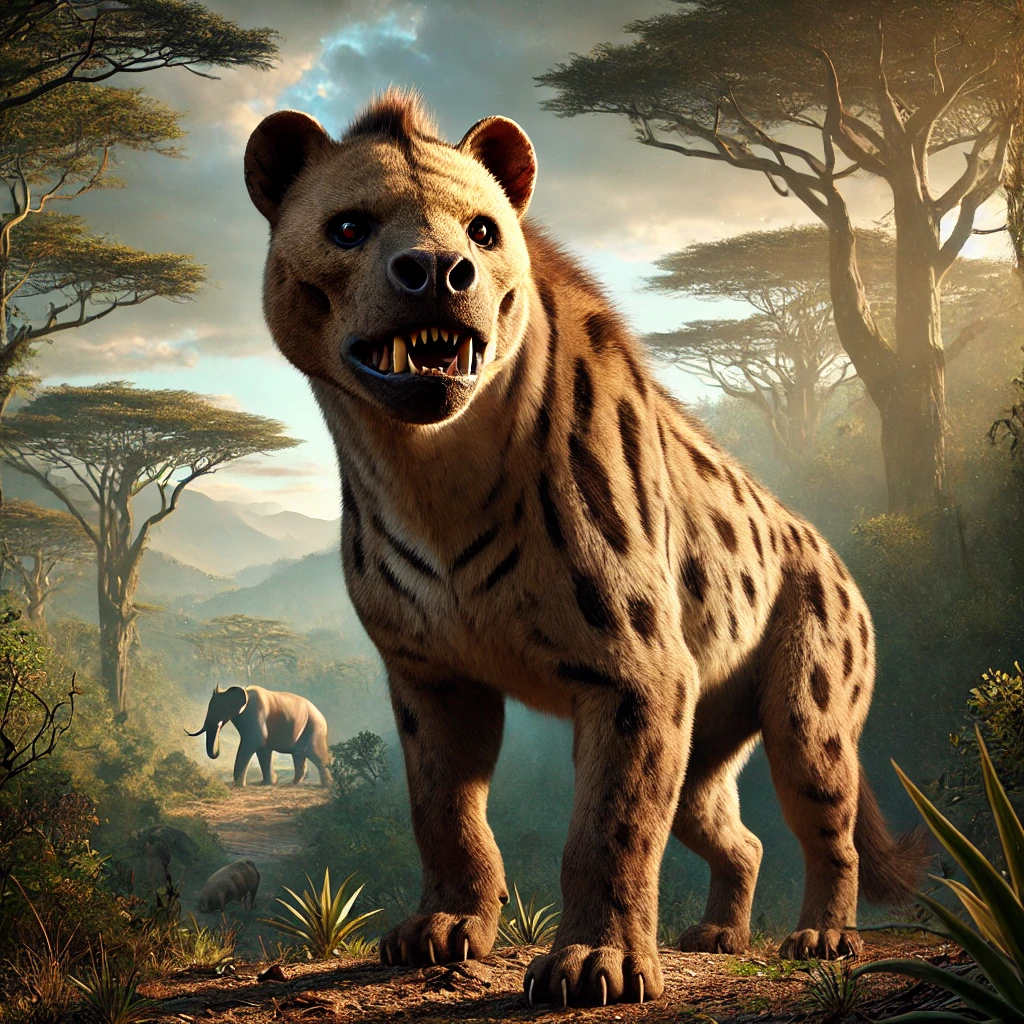
It likely hunted primates, early hippos, early elephants and hyraxes in the once lush forests of Fayum, which is now a desert.
The team chose the name Bastetodon after Bastet, the ancient Egyptian goddess of protection, pleasure and good health, who is often depicted with the head of a cat. The name also reflects the animal’s cat-like snout and teeth.

The skull was unearthed in the Fayum Depression, a region that provides a window into 15 million years of mammal evolution in Africa.
This period saw a shift from the Eocene’s global warming to the Oligocene’s global cooling, which had a profound impact on ecosystems.
The Bastetodon discovery prompted the team to re-evaluate a group of lion-sized hyaenodonts that were first discovered over a century ago.
As a result, they established the new genus Sekhmetops to classify this older material, honouring Sekhmet, the lion-headed goddess of war in Egyptian mythology.
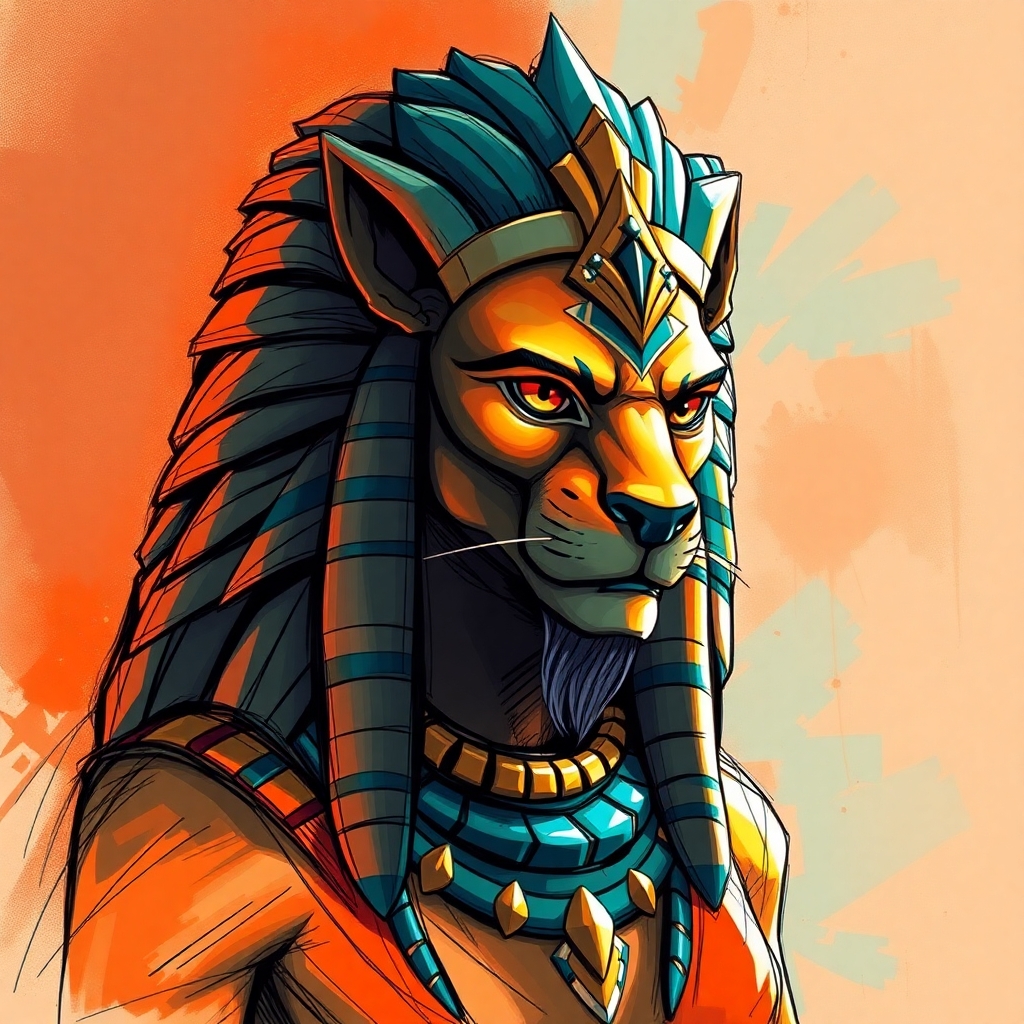
The research revealed that both Bastetodon and Sekhmetops were part of a group of hyaenodonts that originated in Africa. From there, relatives of these carnivores spread to Asia, Europe, India and North America.
Around 18 million years ago, some of these hyaenodont relatives evolved into the largest mammalian meat-eaters on the planet.
However, major shifts in global climate and tectonic activity in Africa eventually paved the way for the rise of modern cats, dogs and hyenas.

As environments and prey changed, the specialized hyaenodonts dwindled in diversity and eventually went extinct.
According to Dr. Shorouq Al-Ashqar, the discovery of Bastetodon marks a significant leap in understanding the diversity and evolution of hyaenodonts.
Dr. Matt Borths added that the Fayum is one of the most important fossil areas in Africa, and the Sallam Lab has shown that there is still much to discover in this remarkable region.
This research highlights the importance of continued exploration and study in areas like the Fayum Depression, which hold crucial clues about the history of life on Earth.
